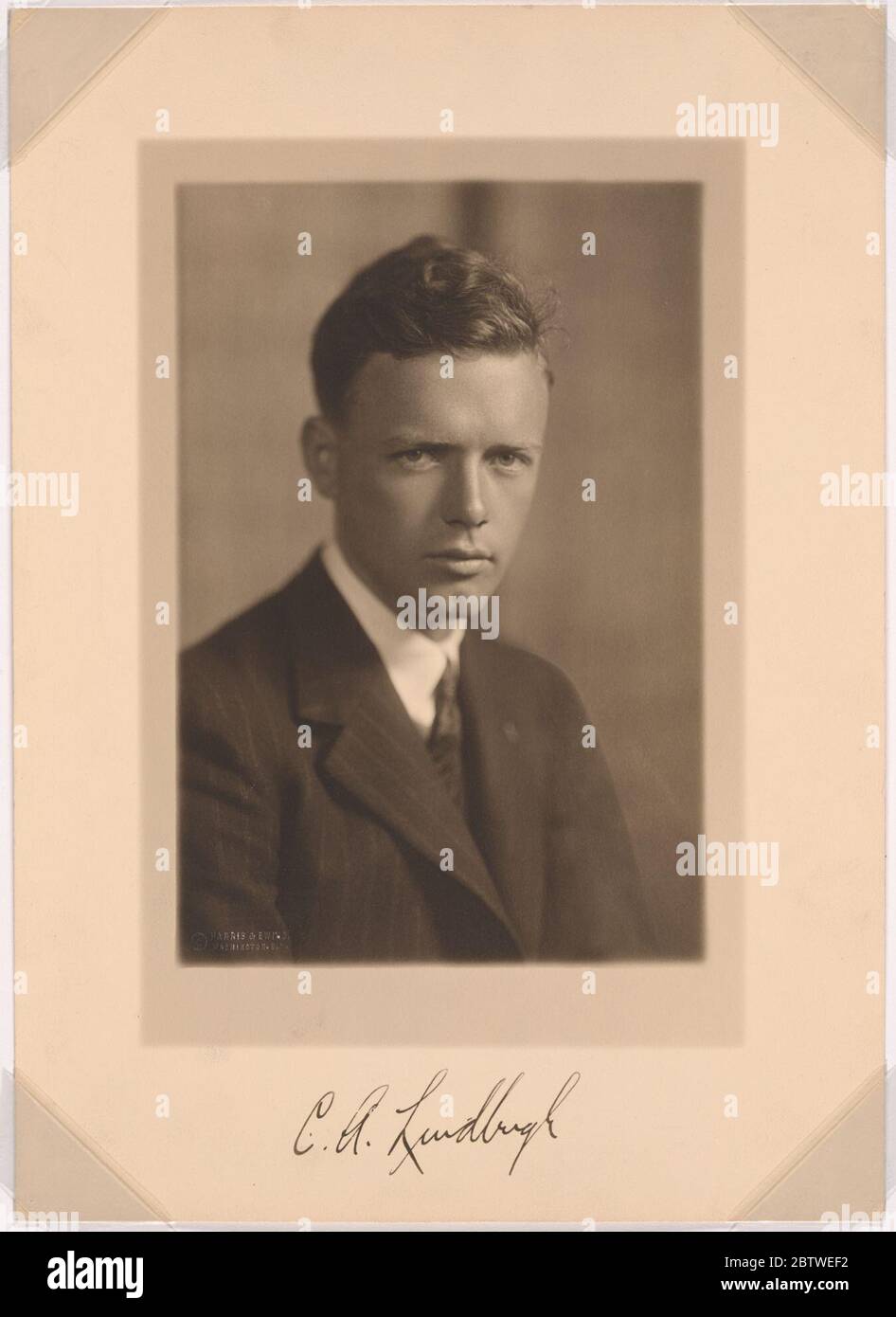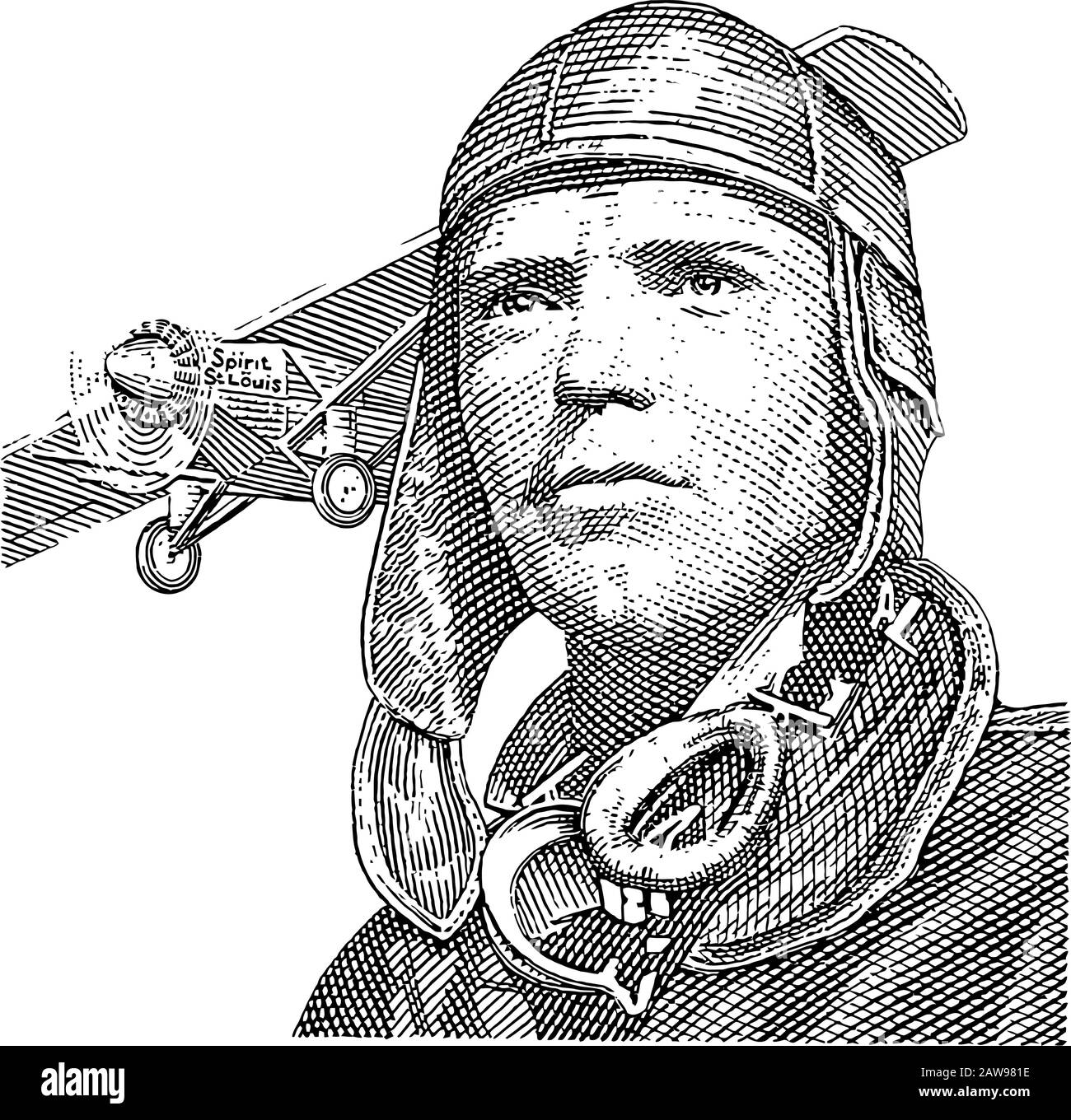When we talk about aviation history, one name always stands out—Charles Augustus Lindbergh. This legendary figure isn’t just someone who flew a plane; he became a symbol of human achievement and courage. His groundbreaking flight across the Atlantic Ocean in 1927 wasn’t just a trip—it was a moment that changed the world. So, buckle up because we’re diving deep into the life, legacy, and impact of this iconic aviator.
Now, before we get into the nitty-gritty of Lindbergh’s story, let’s set the stage. Imagine a world where flying across oceans was more like a dream than reality. That’s the world Lindbergh lived in before his famous flight. His journey wasn’t just about breaking records; it was about proving what humans could achieve with determination and innovation.
But why should you care? Well, Lindbergh’s story isn’t just about airplanes. It’s about overcoming challenges, pushing boundaries, and leaving a mark on history. Whether you’re an aviation enthusiast or just curious about how one person can change the world, this article’s got you covered.
Read also:Briyan Spears The Ultimate Guide To The Rising Star
Early Life and Background
Let’s rewind the clock and take a look at where it all began. Charles Augustus Lindbergh was born on February 4, 1902, in Detroit, Michigan. His parents were Charles August Lindbergh Sr., a Swedish immigrant and U.S. Congressman, and Evangeline Lodge Land Lindbergh, a teacher. From a young age, Lindbergh showed a knack for mechanics and a love for adventure.
Growing up, Lindbergh wasn’t your typical kid. While others were playing baseball or hanging out at the local soda shop, he was tinkering with machines and dreaming of flying. His dad’s work in Congress exposed him to the political world, but Lindbergh had his sights set higher—literally.
Biography and Key Facts
Here’s a quick rundown of Lindbergh’s early years:
- Born in 1902 in Detroit, Michigan
- Grew up in Little Falls, Minnesota
- Enrolled in the University of Wisconsin-Madison but dropped out to pursue aviation
- Started his aviation career as a barnstormer and mail pilot
Before Lindbergh became a household name, he was a kid with big dreams. His fascination with flight led him to enroll in flight school, where he quickly excelled. But it wasn’t all smooth sailing. Like any great story, Lindbergh’s journey had its ups and downs.
The Historic Flight Across the Atlantic
Now, here’s where things get interesting. On May 20, 1927, Lindbergh took off from Roosevelt Field in Long Island, New York, in a single-engine monoplane called the Spirit of St. Louis. His goal? To be the first person to fly nonstop from New York to Paris. Spoiler alert: He nailed it.
This flight wasn’t just a test of skill; it was a test of endurance. Lindbergh flew for 33.5 hours straight, battling fatigue, weather conditions, and the sheer isolation of flying alone across the ocean. When he landed at Le Bourget Field in Paris, he wasn’t just greeted by a crowd of 150,000 people—he was greeted as a hero.
Read also:Joanne Perkins The Remarkable Story Behind The Woman Who Shaped Our World
Why Was This Flight So Important?
This wasn’t just a flight; it was a moment that changed aviation history. Lindbergh’s success proved that long-distance air travel was possible, paving the way for commercial aviation as we know it today. But that’s not all. His flight also had a massive cultural impact. Suddenly, aviation became cool. People were inspired to pursue careers in aviation, and the world started looking at airplanes as more than just toys for the wealthy.
Impact on Aviation and Beyond
Lindbergh’s impact didn’t stop with his historic flight. He became a global celebrity, touring the world and promoting aviation. His influence extended beyond the skies, too. Lindbergh worked with scientists to develop the perfusion pump, which laid the groundwork for modern heart-lung machines. Yeah, that’s right—this guy wasn’t just about flying.
But Lindbergh wasn’t just a one-hit wonder. He continued to push boundaries throughout his life. He worked with airlines, consulted on aircraft design, and even became an advocate for environmental conservation later in life. Lindbergh truly was a man of many talents.
Key Contributions to Aviation
- First nonstop transatlantic flight
- Promoted commercial aviation
- Worked on groundbreaking aviation technologies
- Became a global advocate for aviation
Challenges and Controversies
No story is complete without a little drama, and Lindbergh’s life was no exception. While he was celebrated for his achievements, he also faced his fair share of controversies. One of the biggest was his stance on U.S. involvement in World War II. Lindbergh was a vocal isolationist, which didn’t sit well with many Americans at the time.
Then there was the infamous kidnapping of his son in 1932. The “Crime of the Century” captured the nation’s attention and had a profound impact on Lindbergh’s life. The tragedy led to changes in U.S. federal kidnapping laws and added another layer of complexity to Lindbergh’s legacy.
Lessons from Lindbergh’s Challenges
Lindbergh’s life teaches us that even heroes face challenges. His ability to overcome adversity and continue pursuing his passions is a testament to his resilience. But it also reminds us that greatness often comes with a price. Lindbergh’s story is a reminder that we should strive for balance in our lives, even when the world is watching.
Legacy and Influence
Fast forward to today, and Lindbergh’s legacy is still alive and well. His name is synonymous with aviation, and his achievements continue to inspire new generations of pilots and engineers. But Lindbergh’s influence goes beyond aviation. His work in science, conservation, and advocacy shows that a person can make a difference in multiple fields.
So, what can we learn from Lindbergh’s legacy? First, never underestimate the power of determination. Lindbergh’s success wasn’t just about talent; it was about perseverance. Second, always strive to make a positive impact. Whether it’s through your career or your personal life, aim to leave the world a little better than you found it.
How Lindbergh’s Legacy Continues Today
- Inspiring future aviators
- Advancing aviation technology
- Promoting environmental conservation
- Encouraging exploration and innovation
Personal Life and Family
Let’s talk about Lindbergh’s personal life for a moment. In 1929, he married Anne Morrow, the daughter of a prominent diplomat. Together, they had six children. Anne wasn’t just a supportive spouse; she was also a writer and pilot in her own right. Their partnership was a testament to their shared love of adventure and exploration.
But like any family, they faced their share of ups and downs. The kidnapping of their firstborn son was a tragic event that changed their lives forever. Despite the challenges, Lindbergh and his family remained resilient, continuing to pursue their passions and make a difference in the world.
A Closer Look at Lindbergh’s Family
| Spouse | Anne Morrow Lindbergh |
|---|---|
| Children | 6 |
| Residence | Connecticut and Hawaii |
Lessons from Lindbergh’s Life
So, what can we take away from Lindbergh’s life? First, never stop dreaming. Lindbergh’s success wasn’t just about flying; it was about having a vision and working tirelessly to achieve it. Second, embrace challenges. Life isn’t always easy, but how we respond to adversity defines us. Finally, strive for balance. Whether it’s in your career, family, or personal life, finding harmony is key to living a fulfilling life.
How Lindbergh’s Story Applies to You
Whether you’re an aspiring pilot, a scientist, or just someone looking to make a difference, Lindbergh’s story has something to offer. His journey reminds us that with determination, innovation, and a little bit of courage, we can achieve great things.
Conclusion
Charles Augustus Lindbergh wasn’t just a pilot; he was a trailblazer. His historic flight across the Atlantic changed the world, and his legacy continues to inspire new generations. From his early days as a barnstormer to his later years as a conservationist, Lindbergh’s life was a testament to the power of determination and innovation.
So, what’s next for you? Will you take Lindbergh’s example and pursue your own dreams? Will you embrace challenges and strive for greatness? Whatever you choose, remember that the sky’s the limit—or maybe even beyond. Share this article with your friends, leave a comment, and let’s keep the conversation going. After all, Lindbergh’s story isn’t just history; it’s a call to action for all of us.
Table of Contents
- Early Life and Background
- The Historic Flight Across the Atlantic
- Impact on Aviation and Beyond
- Challenges and Controversies
- Legacy and Influence
- Personal Life and Family
- Lessons from Lindbergh’s Life
- Biography and Key Facts
- A Closer Look at Lindbergh’s Family
- Conclusion



